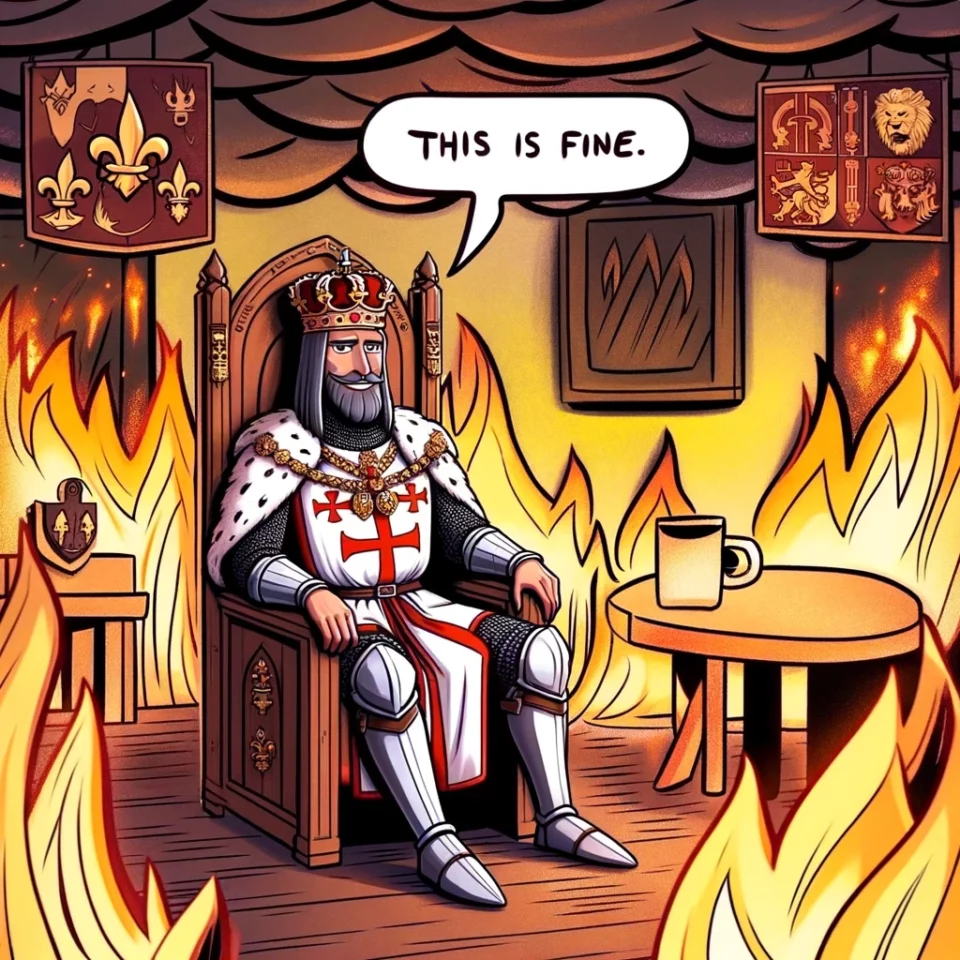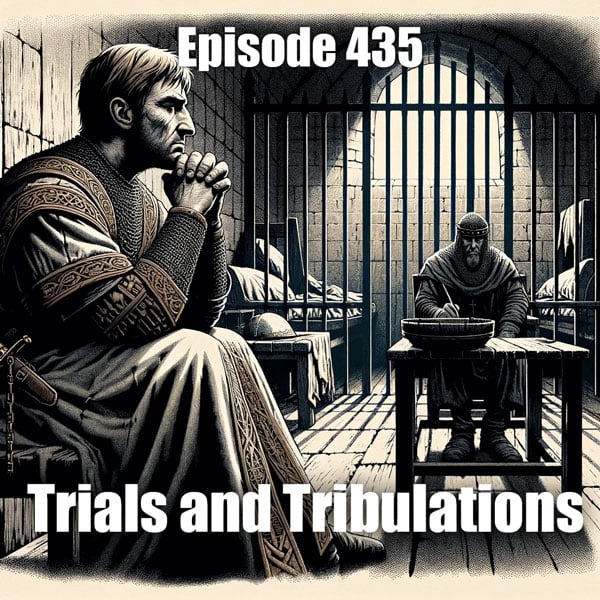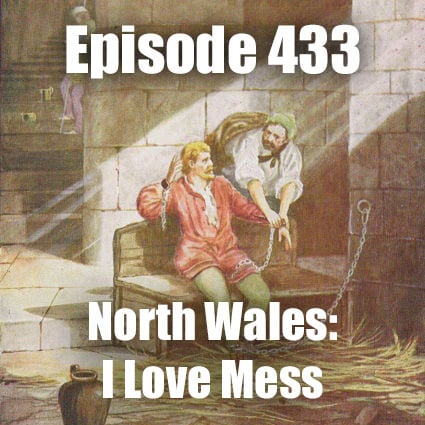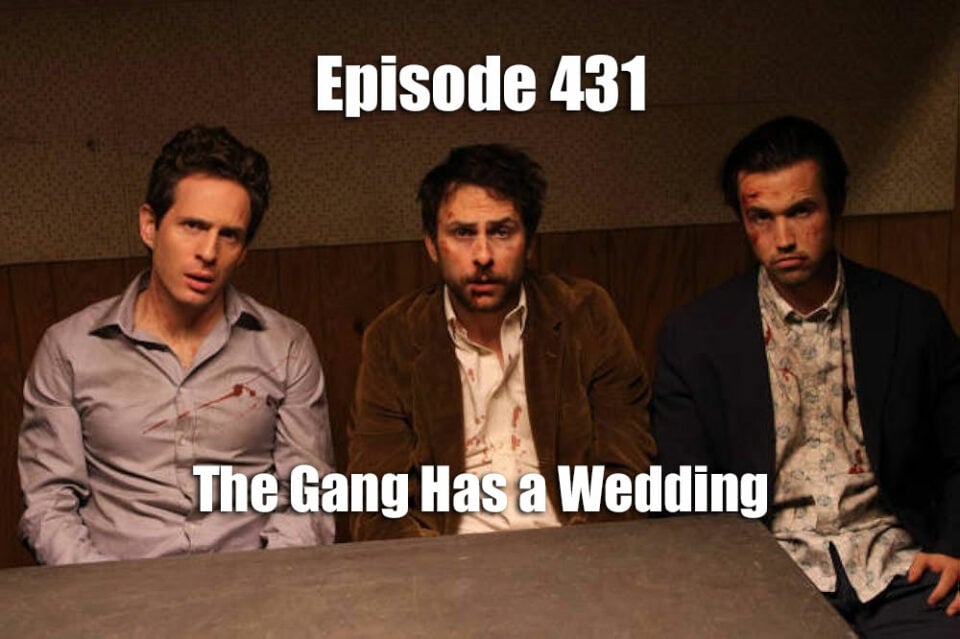Podcast: Play in new window | Download
King Malcolm and the Scots have been raiding the northern reaches of England, leaving the Northumbrians to deal with the aftermath. Meanwhile, William is not speaking to his son Robert and is spreading rumors about him to anyone who will listen. Robert’s enemies are enjoying the show, but not everyone is amused. The powerful members of Norman society are worried about the escalating conflict, and Robert has had enough as well. He wants to put an end to the fighting, but William is determined to continue the war. Matilda has been working hard in Germany, and she returns to Rouen in the spring of 1080 with Count Simon by her side. They are joined by Archbishops Richard and Warmund, and everyone in attendance at the Easter celebration on an island just south of Rouen wants the conflict to end.
Rough Transcript Below:










